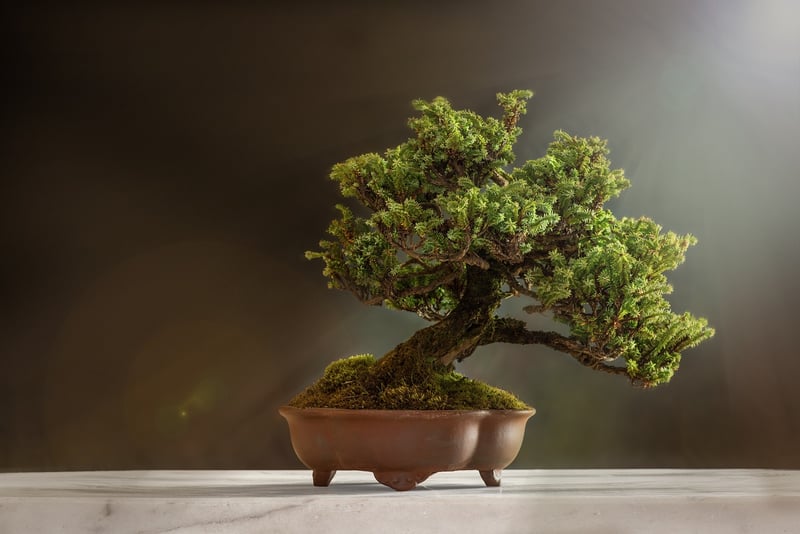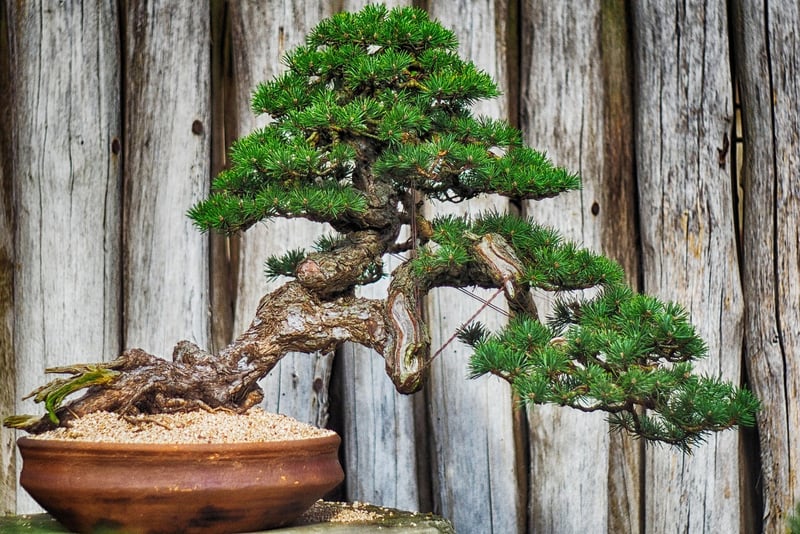Moss and Bonsai
#Rocks
#Gravel
#Moss
The Essential Features of Moss in Bonsai Cultivation

When it comes to cultivating bonsai trees, incorporating moss can provide various benefits beyond just aesthetic appeal. Moss not only enhances the visual aspect of bonsai but also plays a crucial role in the overall health and maintenance of these miniature masterpieces.
Benefits of Moss in Bonsai Cultivation
- Moisture Retention: Moss helps retain moisture in the soil, creating a more stable environment for the bonsai's roots.
- Temperature Regulation: Moss acts as a natural insulator, protecting the soil and roots from extreme temperatures.
- Weed Prevention: By covering the soil surface, moss inhibits weed growth, reducing competition for nutrients.
- Erosion Control: Moss helps prevent soil erosion, especially in outdoor bonsai arrangements.
- Aesthetic Enhancement: Moss adds a touch of natural beauty to the bonsai display, creating a harmonious and serene landscape.
How to Incorporate Moss in Bonsai
There are several ways to introduce moss into your bonsai cultivation practices:
- Natural Growth: Allow moss to grow naturally on the soil surface by providing the right conditions such as shade and moisture.
- Transplanting: Transplant moss from other areas of your garden to the bonsai container, ensuring a seamless integration.
- Moss Slurry: Create a moss slurry by blending moss with water and then apply it to the soil surface for quick growth.
By incorporating moss into your bonsai cultivation routine, you can create a more sustainable and visually appealing environment for your miniature trees.

Remember, moss not only adds beauty to your bonsai but also serves as a valuable ally in maintaining the health and vitality of these living artworks.
